Agriculture
-
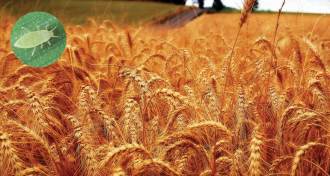 Climate
ClimateAs temperatures rise, so do insects’ appetites for corn, rice and wheat
Hotter, hungrier pests likely to do 10 percent to 25 percent more damage to grains for each warmer degree.
By Susan Milius -
 Health & Medicine
Health & MedicineAs algae blooms increase, scientists seek better ways to predict these toxic tides
Scientists around the United States are developing programs that can predict harmful algal blooms in advance.
-
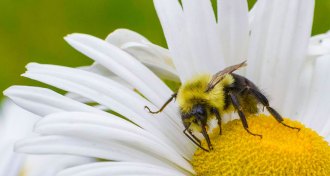 Animals
AnimalsWhy humans, and Big Macs, depend on bees
Thor Hanson, the author of Buzz, explains the vital role bees play in our world.
-
 Environment
EnvironmentA big analysis of environmental data strengthens the case for plant-based diets
A new study calculates the bonus for the planet of choosing more foods from plants.
By Susan Milius -
 Climate
ClimateAs CO2 increases, rice loses B vitamins and other nutrients
Field experiments add vitamins to list of nutrients at risk from a changing atmosphere.
By Susan Milius -
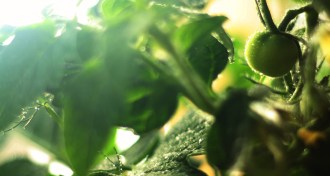 Agriculture
AgricultureNanoparticles could help rescue malnourished crops
Nanoparticles normally used to fight cancer could also be used to treat malnourished crops.
-
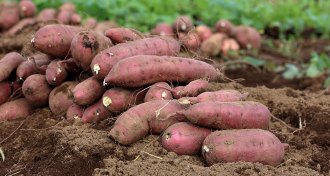 Genetics
GeneticsSweet potatoes might have arrived in Polynesia long before humans
Genetic analysis suggests that sweet potatoes were present in Polynesia over 100,000 years ago, and didn’t need help crossing the Pacific.
By Dan Garisto -
 Ecosystems
EcosystemsWhen bogs burn, the environment takes a hit
Bogs and other peatlands around the world store outsized amounts of carbon. Climate change and agriculture are putting them at risk.
-
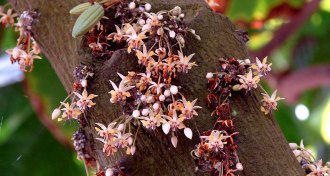 Plants
PlantsThe flowers that give us chocolate are ridiculously hard to pollinate
Cacao trees are really fussy about pollination.
By Susan Milius -
 Agriculture
AgricultureGrapevines are more drought-tolerant than thought
Grapevines handle drought better than previously thought. This could inform irrigation management.
By Dan Garisto -
 Earth
EarthGassy farm soils are a shockingly large source of these air pollutants
California’s farm soils produce a surprisingly large amount of smog-causing air pollutants.
-
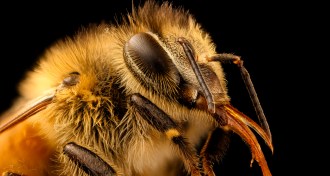 Animals
AnimalsThe mystery of vanishing honeybees is still not definitively solved
The case has never been fully closed for colony collapse disorder, and now bees face bigger problems.
By Susan Milius